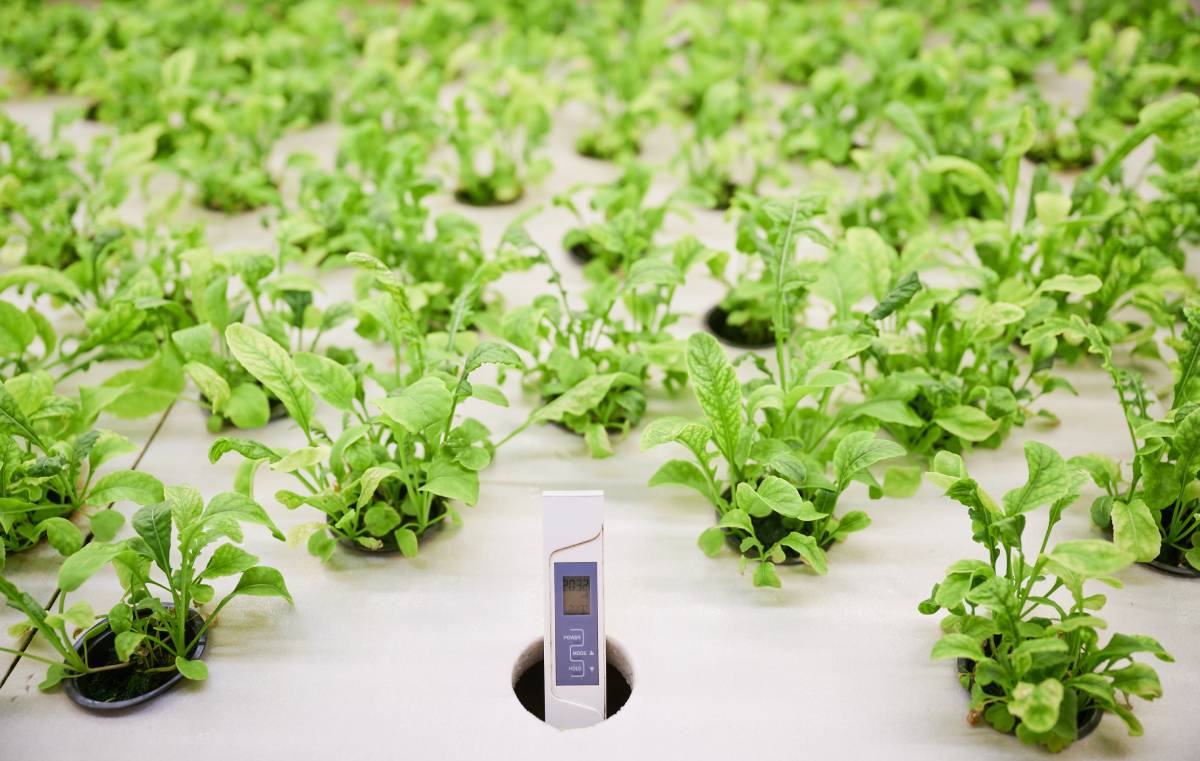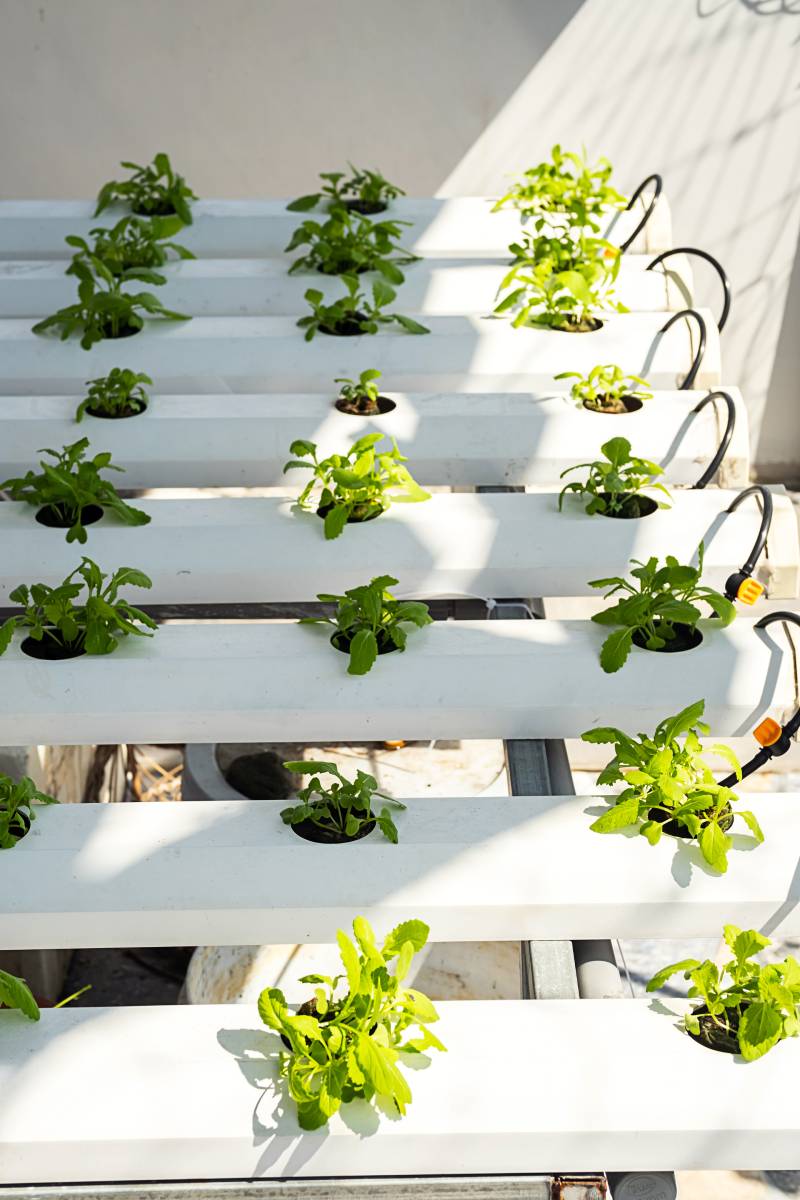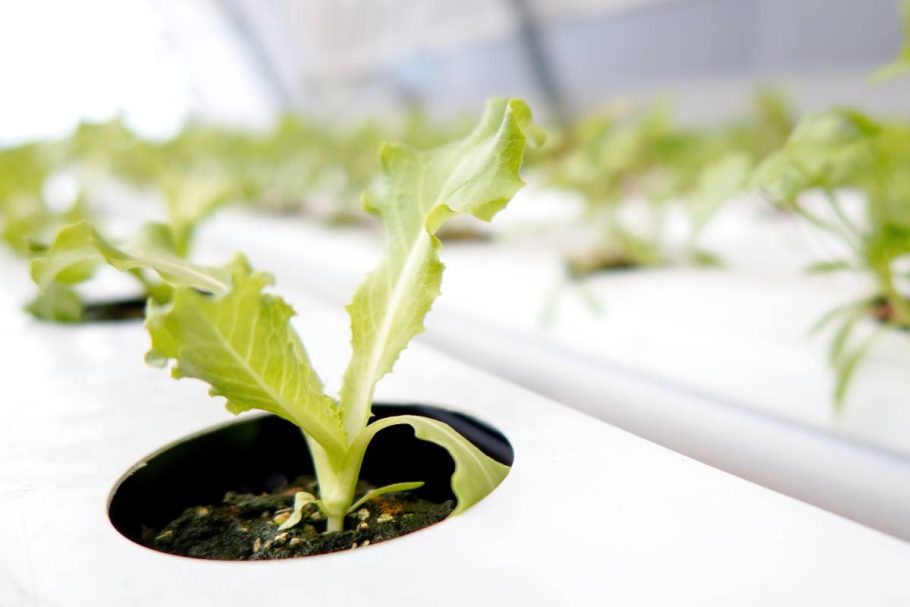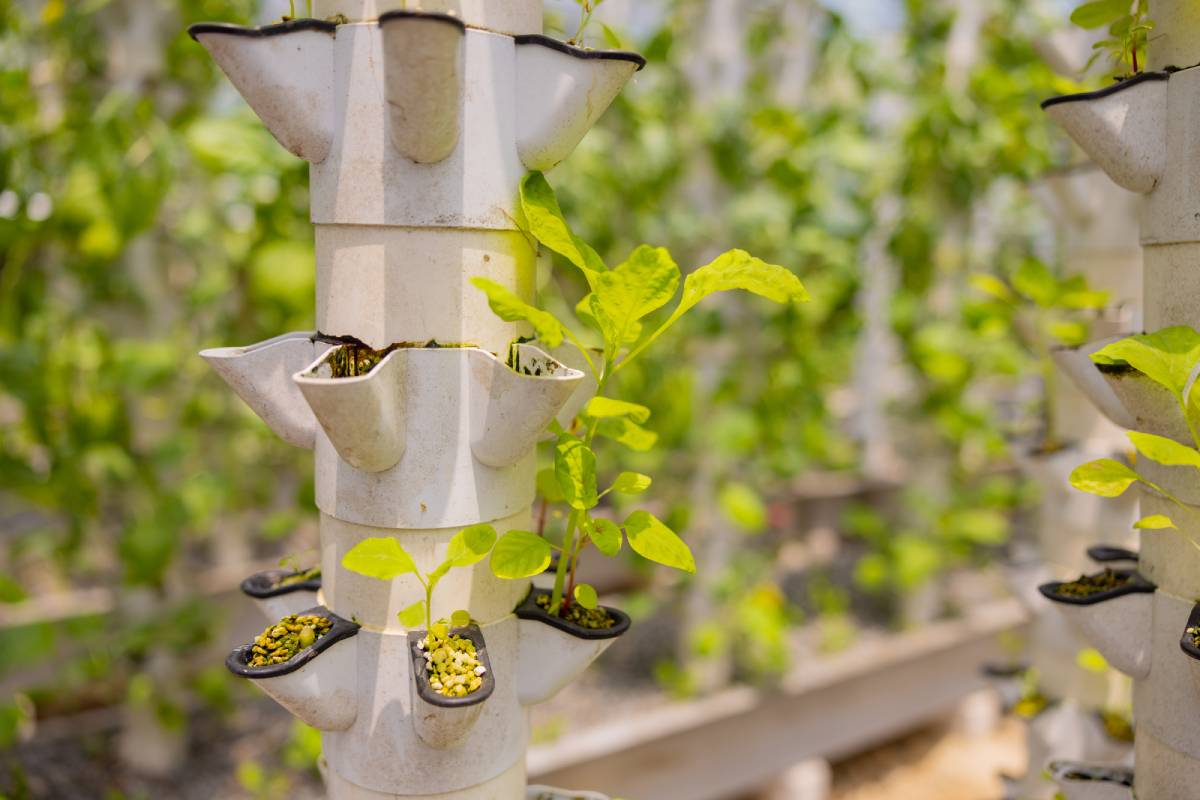So, hydroponics is better than soil?
It’s not necessarily a matter of one being definitively “better” than the other, but rather that hydroponics offers unique advantages and can be more suitable in certain contexts. Both soil-based and hydroponic farming methods have their own strengths and weaknesses, and the choice between them often depends on factors such as available resources, environmental conditions, and specific goals of the farming operation.
Hydroponics excels in resource efficiency, allowing for precise control over nutrient delivery and water usage, which can lead to faster growth rates and higher yields compared to traditional soil-based agriculture. Additionally, hydroponic systems offer greater flexibility in terms of location and environment, making them well-suited for urban farming or areas with poor soil quality.
However, soil-based farming has its own merits. Soil provides a natural habitat for beneficial microbes and organisms that contribute to plant health and ecosystem resilience. It also offers some level of buffering against fluctuations in nutrient availability and pH levels. In certain agricultural practices, such as regenerative agriculture, maintaining healthy soil is crucial for long-term sustainability and resilience.
Ultimately, the choice between hydroponics and soil-based farming depends on various factors, including the specific needs and priorities of the farmer, environmental considerations, and the intended market for the produce. In many cases, a combination of both methods, known as soilless agriculture, may offer the most effective solution, leveraging the advantages of each approach to optimize productivity, sustainability, and resilience.

What is the main problem in hydroponics?
One of the main challenges in hydroponics is the management of nutrient levels in the water solution. In traditional soil-based farming, nutrients are naturally present in the soil and are replenished through organic matter decomposition and mineralization. However, in hydroponic systems, nutrients must be added to the water manually and monitored closely to ensure that plants receive the proper balance of essential elements.
Maintaining optimal nutrient levels can be challenging due to factors such as nutrient uptake rates varying among plant species, fluctuations in environmental conditions, and the potential for nutrient imbalances or deficiencies to occur. Over-fertilization can lead to nutrient toxicity, root damage, and reduced plant growth, while under-fertilization can result in nutrient deficiencies and poor crop yields.
Another issue in hydroponics is the risk of diseases and pathogens spreading through the water system. Without the natural buffering and protective mechanisms provided by soil, hydroponic plants may be more susceptible to root diseases and infections. Preventive measures such as proper sanitation, sterilization of equipment, and regular monitoring for signs of disease are essential to minimize the risk of crop losses.
Additionally, maintaining water quality is crucial in hydroponic systems to prevent issues such as algae growth, pH fluctuations, and mineral buildup. Regular monitoring and adjustment of pH levels, electrical conductivity (EC), and dissolved oxygen levels are necessary to ensure optimal growing conditions for plants.
Lastly, the initial investment cost of setting up a hydroponic system can be higher compared to traditional soil-based farming methods. Hydroponic systems require specialized equipment such as pumps, reservoirs, and nutrient delivery systems, as well as ongoing expenses for purchasing nutrient solutions and energy for maintaining environmental conditions.
Despite these challenges, advancements in technology, research, and best practices continue to improve the efficiency, productivity, and sustainability of hydroponic farming. With proper management and attention to detail, hydroponics offers significant advantages in resource utilization, flexibility, and year-round production of high-quality vegetables.
What plants can be grown hydroponically?
A wide variety of plants can be grown hydroponically, ranging from leafy greens and herbs to fruiting crops and flowering plants. Some of the most commonly grown plants in hydroponic systems include:
- Leafy greens: Lettuce, spinach, kale, arugula, Swiss chard, and various types of salad greens thrive in hydroponic environments. They have shallow root systems and relatively fast growth rates, making them well-suited for nutrient-rich water solutions.
- Herbs: Basil, cilantro, parsley, mint, thyme, and oregano are popular choices for hydroponic cultivation due to their compact size, rapid growth, and high demand in culinary applications.
- Tomatoes: Tomatoes are one of the most common fruiting crops grown hydroponically. Compact, determinate varieties are often preferred for hydroponic systems, although larger indeterminate varieties can also be grown with proper support structures.
- Cucumbers: Cucumbers thrive in hydroponic systems, producing high yields of crisp, flavorful fruits. Compact bush varieties are ideal for smaller hydroponic setups, while vining varieties may require trellising or support structures.
- Peppers: Bell peppers, chilli peppers, and other sweet or hot pepper varieties can be successfully grown hydroponically. They require warm temperatures and ample sunlight to thrive, making them well-suited for greenhouse hydroponic production.
- Strawberries: Strawberries can be grown hydroponically in vertical tower systems or NFT (nutrient film technique) channels, allowing for efficient use of space and maximizing yields. Hydroponically grown strawberries often have superior flavour and texture compared to field-grown counterparts.
- Microgreens: Microgreens are young, tender shoots of edible plants harvested at the cotyledon or true leaf stage. They are nutrient-dense and flavorful, making them popular additions to salads, sandwiches, and garnishes. Microgreens can be grown hydroponically in trays or specialized growing mats.
- Flowers and ornamentals: Some ornamental plants, such as orchids, African violets, and decorative foliage plants, can be grown hydroponically for aesthetic purposes or commercial production. Hydroponic cultivation allows for precise control over nutrient levels and environmental conditions, resulting in healthy, vibrant plants.
Summary
Hydroponic systems offer a contemporary farming method with numerous advantages. They boost crop yields, save water, guarantee continuous access to fresh produce, enhance plant health, back sustainable urban farming, and lessen the environmental impact of conventional agriculture.
With these benefits, hydroponics could transform farming, presenting a sustainable and effective answer to worldwide food needs while lessening the environmental burden of agriculture.








